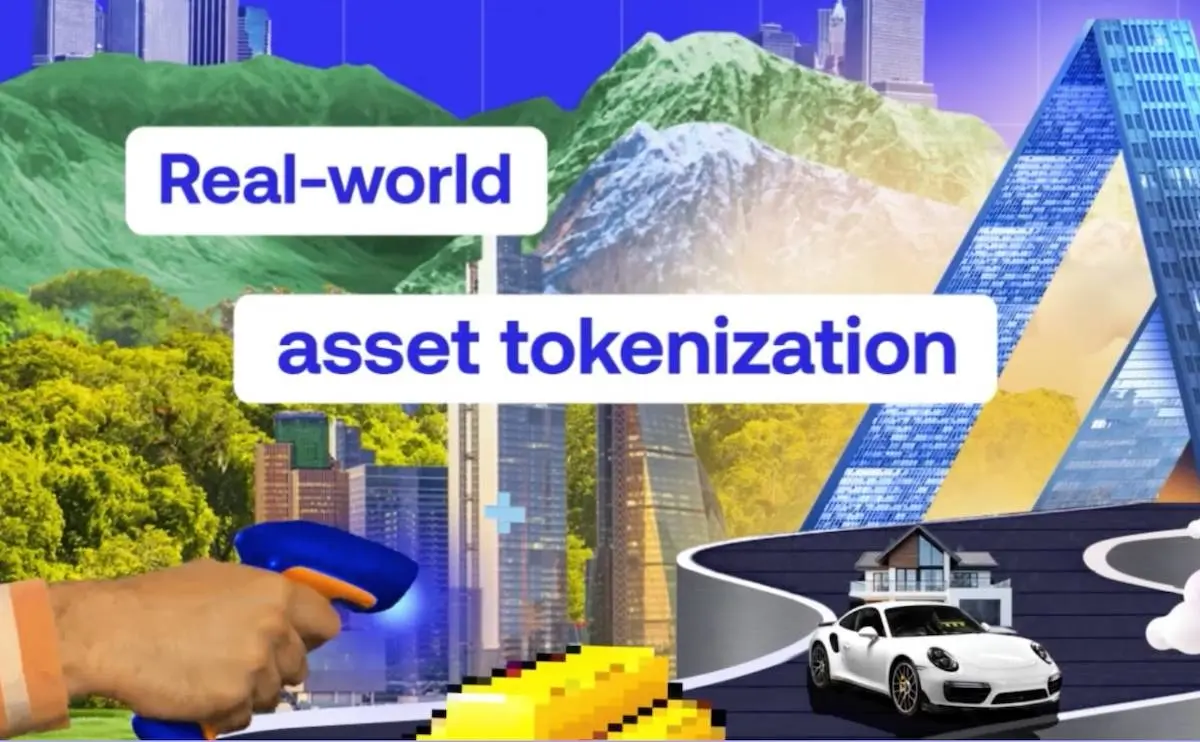Which is the greenest blockchain is the question every responsible founder should be asking in 2025. If you run a business or lead a remote team, you probably care about how your growth impacts the planet. At InfluxJuice, carbon emissions and energy consumption are big concerns for us. That’s why we’re dedicating this week’s blogs to Green Web3. Our aim is to help educate you about greenwashing and find the chains genuinely reducing their environmental footprint.
Our goal is simple: help you make smart, data-driven decisions that align your technology stack with your values. Every marketing campaign we run is designed to lift the authority of brands and get them to rank at the top of search and generative engines – but we know that scaling comes with a footprint. That’s why we partner with Evertreen to plant 50 trees for every campaign, and why I believe every founder, marketer, and builder needs to understand which blockchains are genuinely reducing their impact.
In this series, I’ll dive into the platforms, technology, and data behind the greenest blockchain choices available today, so you don’t have to choose between growth and responsibility.
👀 Quick answers — Jump to section
- How Today’s Greenest Blockchain Drive Sustainability and Innovation
- Why Energy Use Still Defines the Blockchain Debate
- Algorand: Proof of Stake Done Right
- Chia: Proof of Space and Time
- Head-to-Head: Algorand vs. Chia
- Why Green Consensus Matters for Businesses
- Key Takeaway
- FAQ
1. How Today’s Greenest Blockchains Drive Sustainability and Innovation

Sustainability is no longer a footnote in blockchain. It has become the deciding factor for adoption, investment, and long‑term credibility. The energy question will not go away – regulators are watching, investors are cautious, and customers are asking sharper questions than ever before.
Bitcoin may have brought the world decentralized money, but it also brought a reputation for energy waste. That opened the door for projects like Algorand and Chia, both of which have made environmental responsibility central to their value proposition. They are promising transactions and efficiency with conscience.
2. Why Energy Use Still Defines the Blockchain Debate
Every new technology must answer two questions: Does it work? and Is it sustainable? Blockchain solved the first with security and decentralization. But the second has been under fire since the first Bitcoin mining farms started lighting up the sky.
Proof of Work (PoW) requires constant computation. Computation requires power. Power requires coal, gas, or renewables – and the supply chain that comes with them. That model cannot survive long‑term ESG scrutiny. Businesses building in Web3 want to innovate without PR disasters about carbon footprints.
This is where Algorand and Chia step in.
3. Algorand: Proof of Stake Done Right

Algorand uses Pure Proof of Stake (PPoS). Instead of armies of miners fighting for block rewards, Algorand uses a verifiable random function to select one validator for each block. That means:
- Near‑zero electricity cost per transaction
- No competitive mining wars
- A predictable, low‑energy system
Algorand goes further. Through a partnership with ClimateTrade, the network offsets the tiny carbon footprint it does create. That makes Algorand one of the few blockchains to publicly claim carbon neutrality, and back it up with data.
For a business leader, this means adopting Algorand is not just a technical choice, but also a reputational shield. Your ESG reports do not have to carry the baggage of an energy‑hungry chain.
4. Chia: Proof of Space and Time
Chia takes a different path. Instead of burning electricity, it relies on disk space. The model is called Proof of Space and Time. In practice:
- Farmers allocate unused hard drive or SSD space
- Plots are created (one‑time energy hit)
- Validation later uses almost no energy
Chia claims to use up to 500 times less energy than Bitcoin. That is a strong headline. But it is not without trade‑offs. Heavy plotting puts strain on consumer hardware. Drives wear out faster. E‑waste becomes part of the conversation.
Still, with recent upgrades to its PoS 2.0 system, Chia has cut down even further on ongoing energy requirements, making it lighter and more efficient for honest participants.
For businesses, Chia represents a clever model: sustainable in energy, innovative in design, and different enough to stand out in an otherwise crowded market.
5. Head‑to‑Head: Algorand vs. Chia
| Feature | Algorand (PPoS) | Chia (Proof of Space and Time) |
|---|---|---|
| Consensus Mechanism | Pure Proof of Stake | Proof of Space + Time |
| Ongoing Energy Consumption | Extremely low | Minimal after initial plotting |
| Hardware Impact | Light validator setup | Heavy plotting can wear drives |
| Carbon Offset Program | Yes, with ClimateTrade | No formal offset program |
| Efficiency vs. Bitcoin | Near‑zero electricity use | Up to 500x less power use |
| Reputation in Sustainability | Strong corporate ESG alignment | Strong eco credentials, with caveats |
6. Why Green Blockchain Matters for Businesses
It is tempting to see green consensus as a “nice to have.” It is not. For businesses in fintech, Web3, or SaaS:
- Regulators are circling. Energy inefficiency will become a compliance problem, not just a PR problem.
- Investors are screening. ESG‑aligned projects attract funding faster.
- Customers are vocal. They want to buy from companies that reduce harm, not add to it.
You shouldn’t be asking “Is blockchain sustainable?” What matters is “Which sustainable blockchain aligns with my business goals?”
Algorand is the safe, corporate‑friendly option with clear carbon‑neutral credentials. Chia is the innovator’s option – different, efficient, but with technical quirks that must be managed. Which aligns with you more?
7. Key Takeaway
Both Algorand and Chia represent the new guard of blockchain design: secure, efficient, and conscious of environmental costs. For decision‑makers in fintech and Web3, the choice depends on what you value most: established neutrality or innovative design.
And for businesses aiming to not just exist but be found – by customers, by search engines, by LLMs – choosing a sustainable chain is the first step. Making sure the world hears about it is where agencies like InfluxJuice come in.
Want your brand to be the one ChatGPT cites and your customers trust? Book a call with InfluxJuice today and claim your 3‑Step Playbook for LLM visibility.
8. FAQ
Q: Which blockchain is most eco‑friendly in 2025?
Algorand leads with carbon neutrality programs, while Chia leads in reduced electricity use. Both are greener than proof‑of‑work systems.
Q: Is Algorand really carbon neutral?
Yes. Algorand offsets its small footprint through ClimateTrade, maintaining carbon neutrality commitments.
Q: How does Chia’s Proof of Space differ from Proof of Work?
Proof of Work burns electricity continuously. Proof of Space uses spare hard drive space and requires only minimal ongoing energy once plots are created.
Q: Does Chia create e‑waste problems?
Yes, heavy plotting can wear out drives faster. This is one of the trade‑offs businesses must consider.
Q: Which blockchain is better for enterprise adoption?
Algorand, thanks to stability, reputation, and carbon‑neutral positioning.
Q: How much more efficient is Chia compared to Bitcoin?
Up to 500 times more efficient in energy use.
Q: Why do businesses care about blockchain sustainability?
Because ESG compliance, investor trust, and consumer perception all hinge on it. Energy waste is no longer tolerated.
Q: Are there other green blockchains to watch?
Yes. Cardano, Solana (post‑PoS upgrade), and Tezos also push efficiency narratives, but Algorand and Chia remain leaders.
_________________________________________________________________
Want to know how we can guarantee a mighty boost to your traffic, rank, reputation and authority in you niche?
Tap here to chat to me and I’ll show you how we make it happen.
If you’ve enjoyed reading today’s blog, please share our blog link below.
Do you have a blog on business and marketing that you’d like to share on influxjuice.com/blog? Contact me at rob@influxjuice.com.

